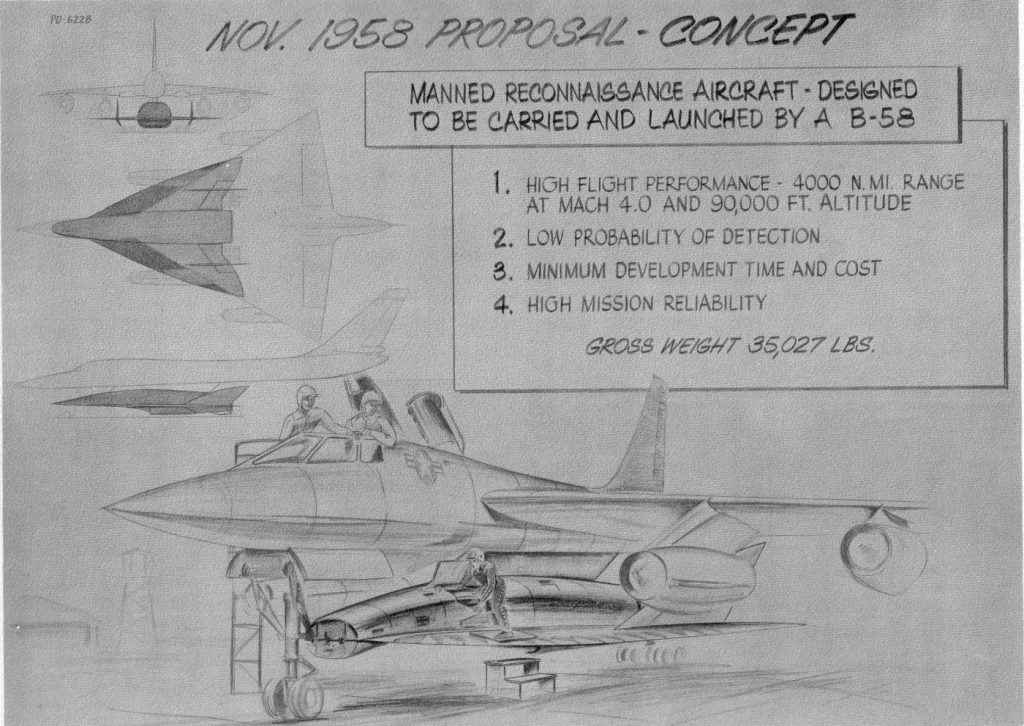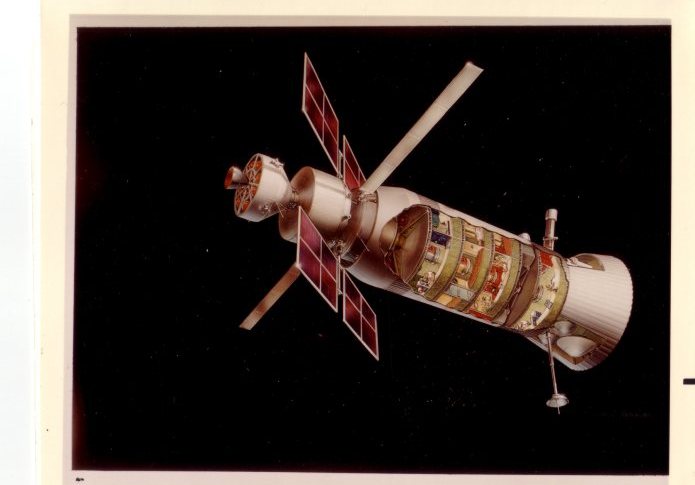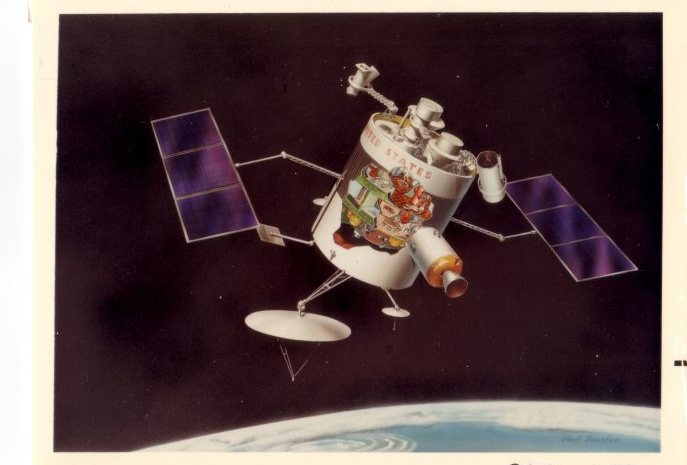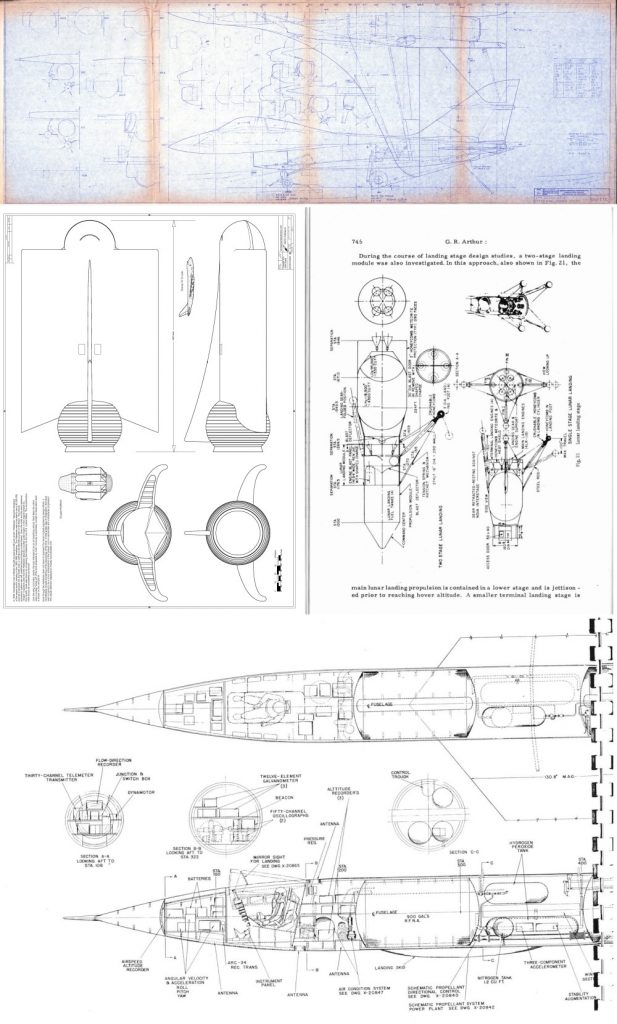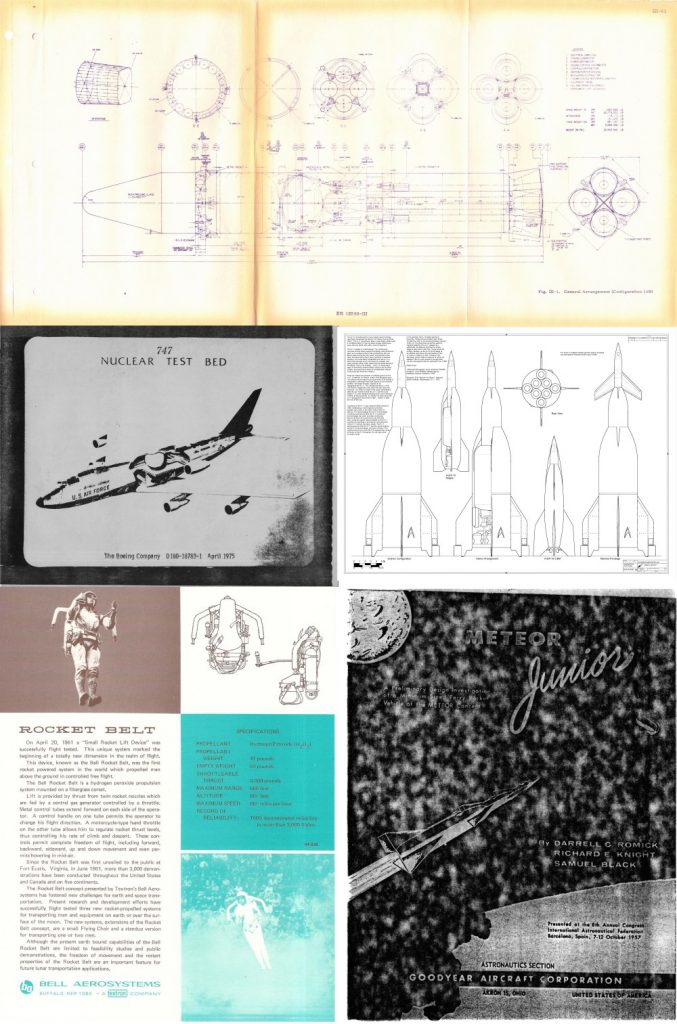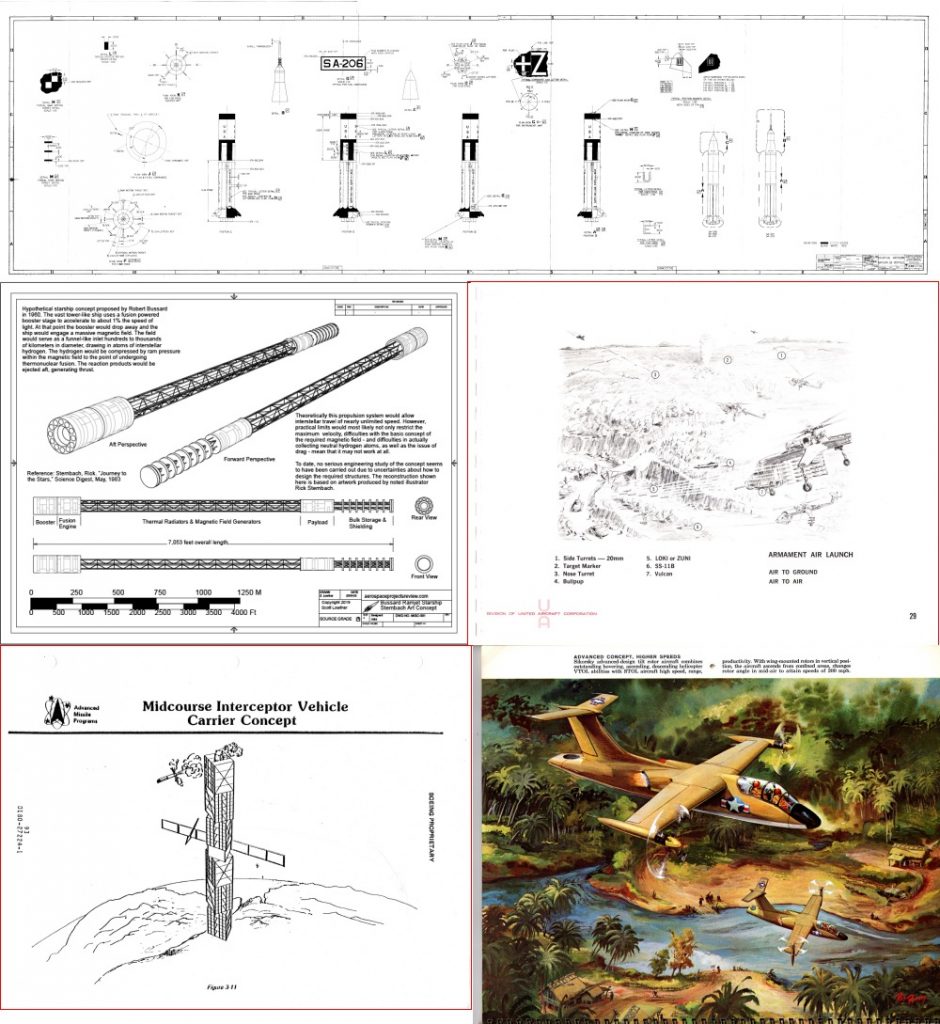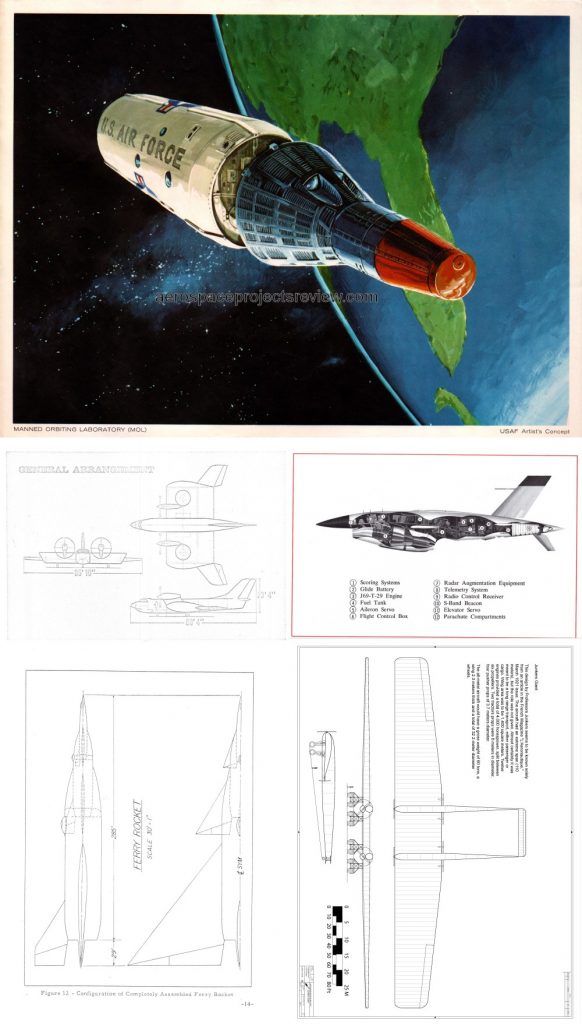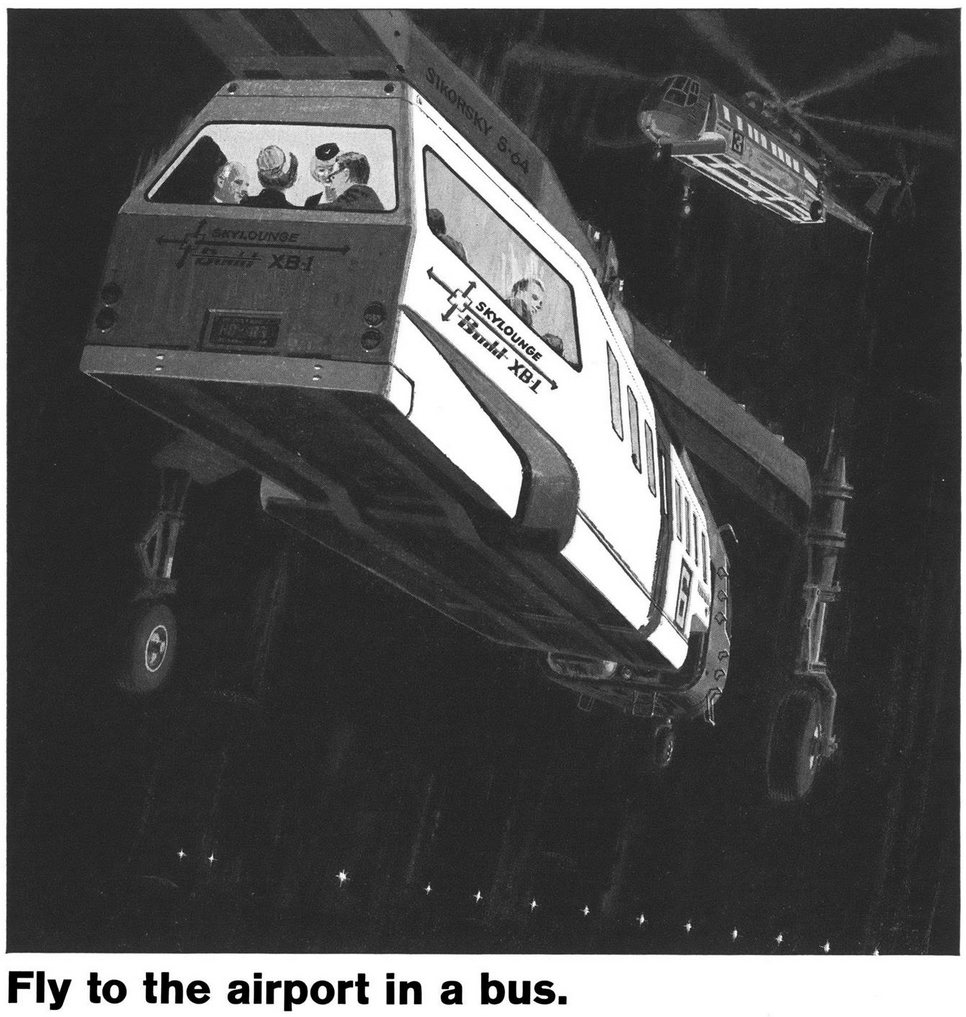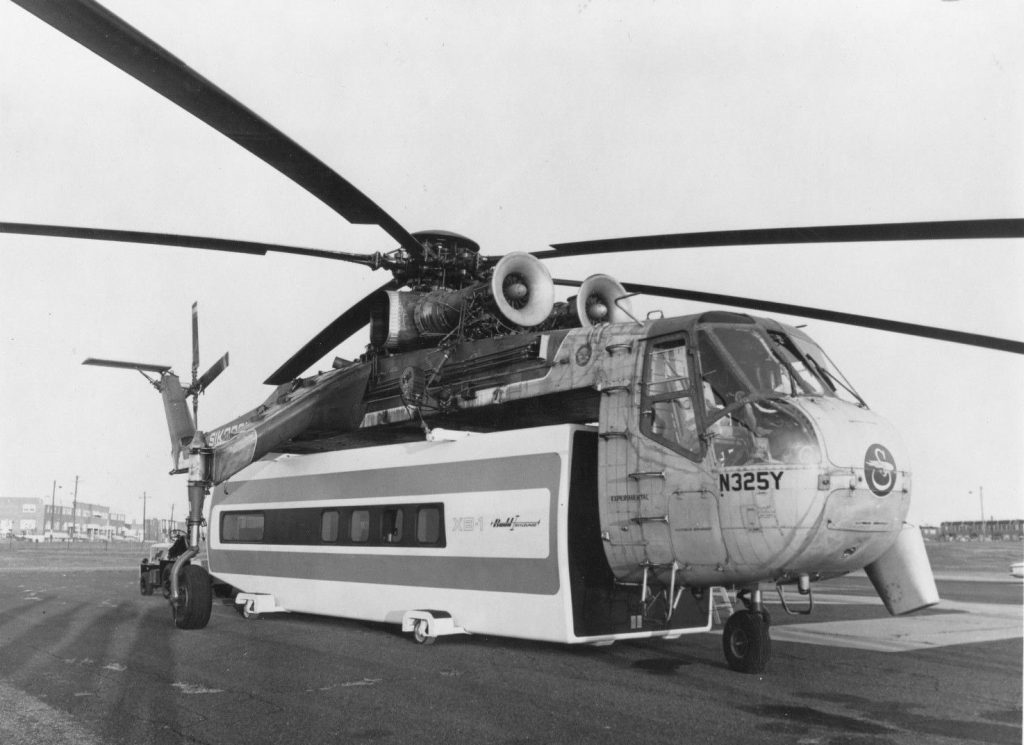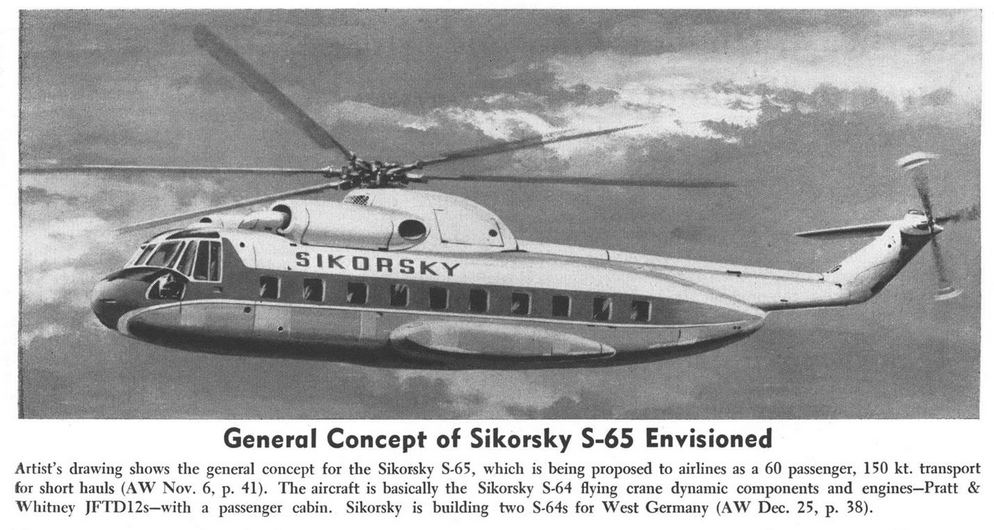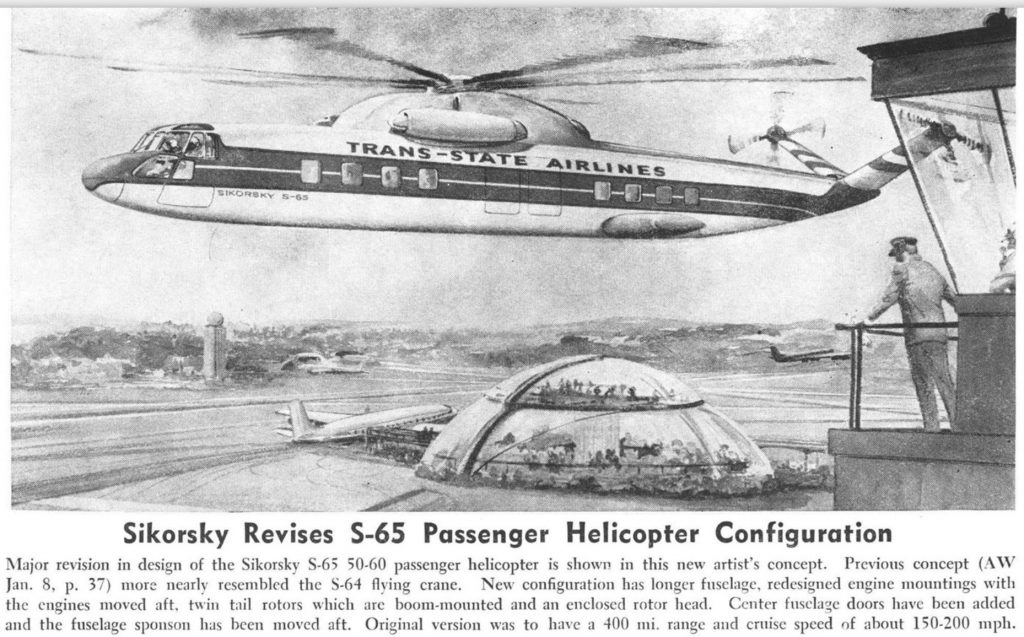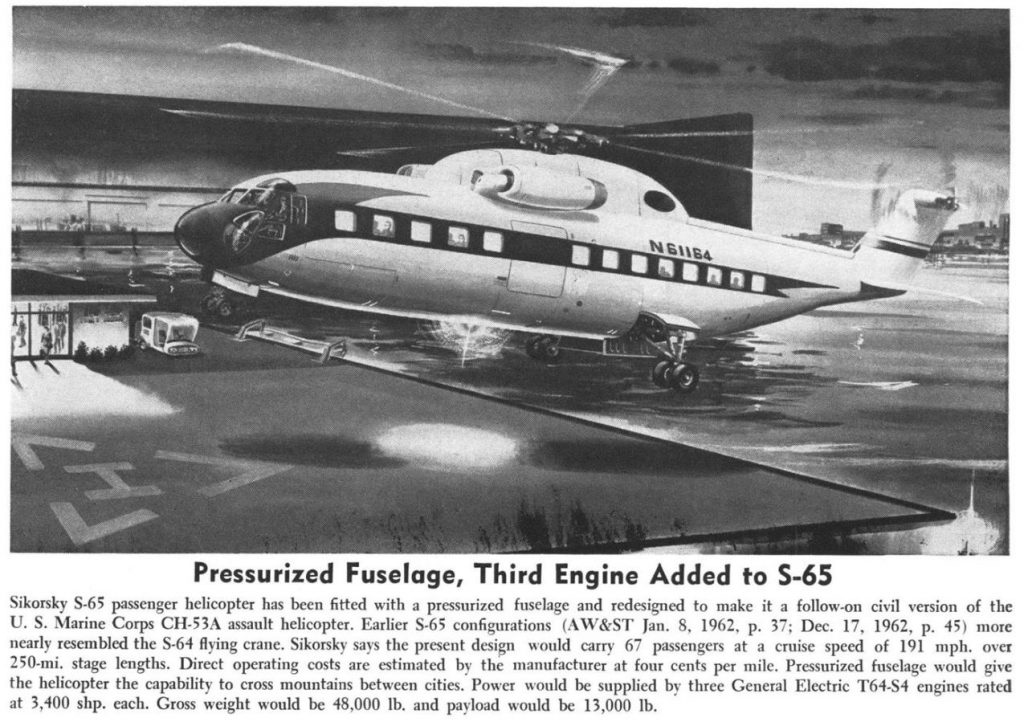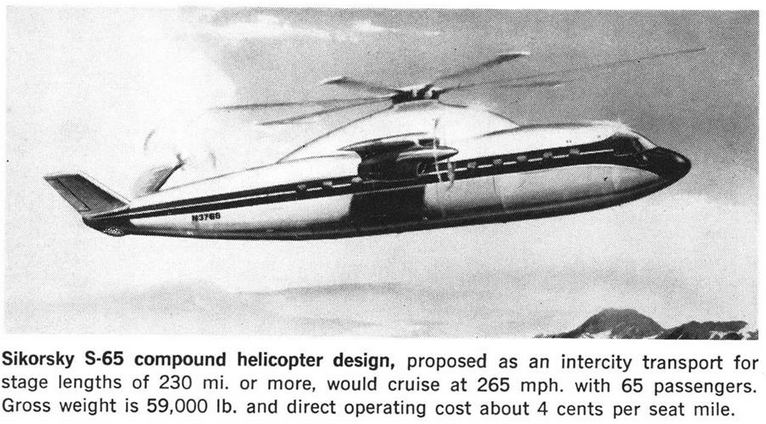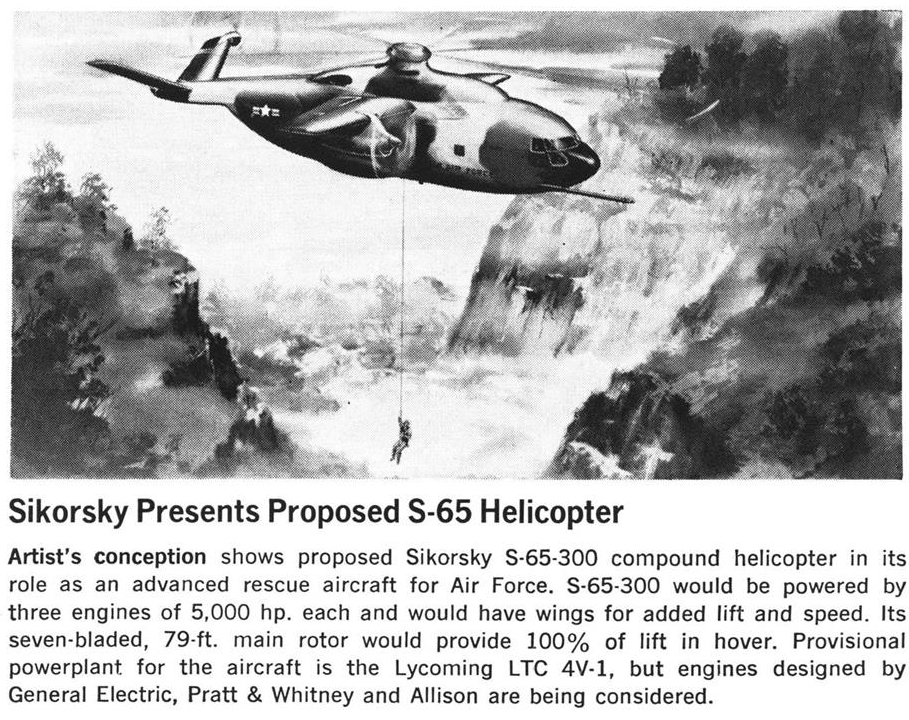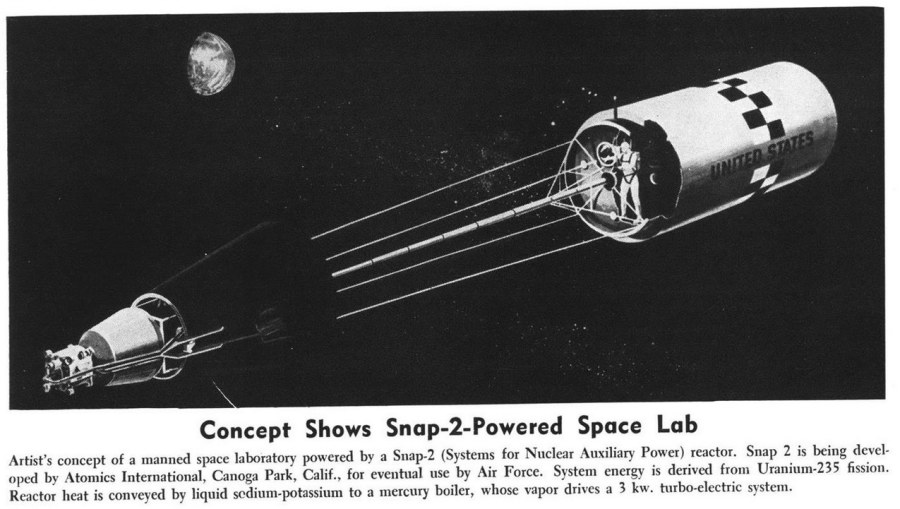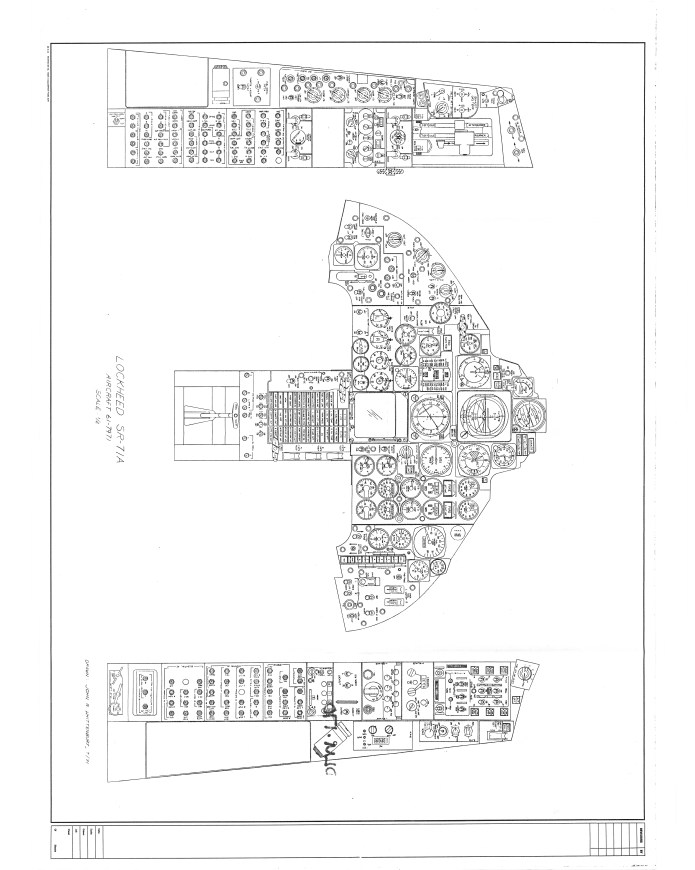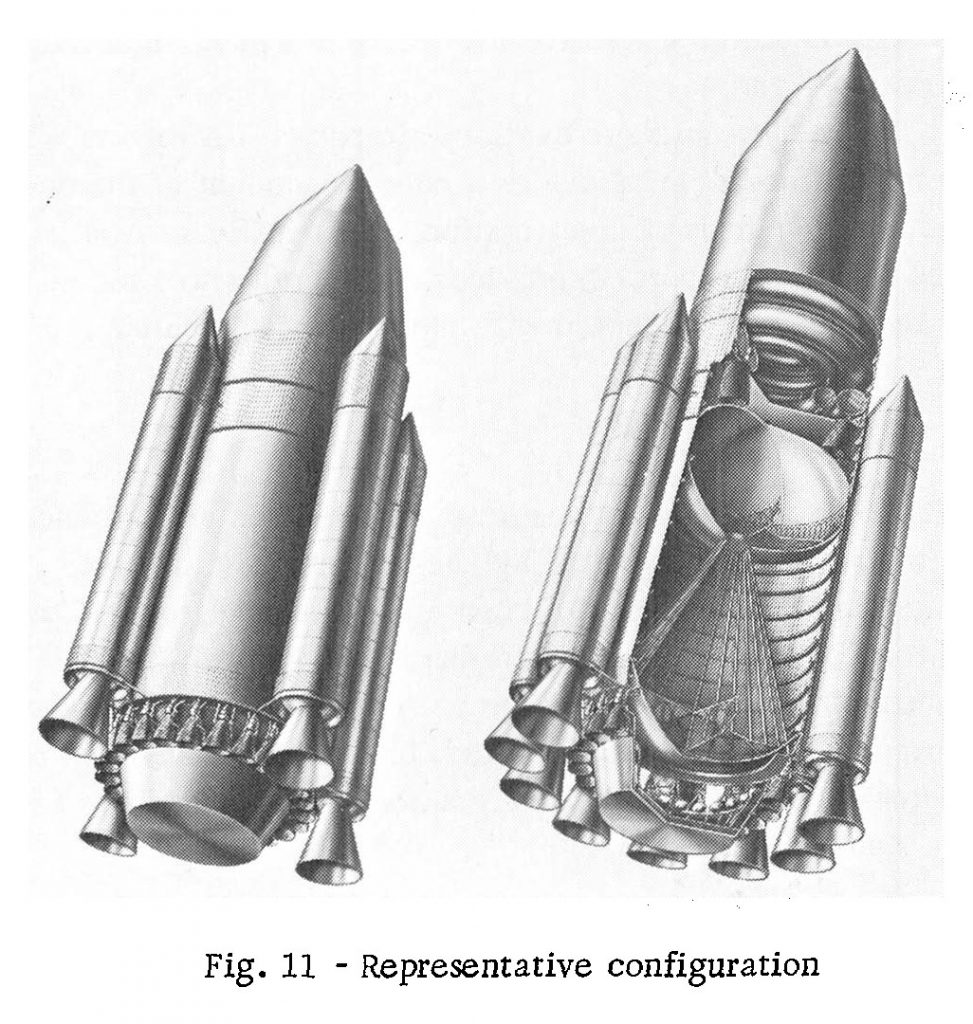FISH (“First Invisible Super Hustler”) was a ca. 1958 Convair design for a Mach 4 ramjet powered recon aircraft. As ramjets are terrible at accelerating from the runway to cruise speed, the FISH was to be carried underneath a B-58 bomber. The FISH was a relatively small craft, but not *that* small; it actually didn’t quite fit underneath the B-58. Consequently it’s nose was designed to fold down and back while the B-58 was on the ground, providing clearance for the B-58’s nosegear. After liftoff and gear retraction the nose would fold up into its proper position. This would clearly have required fairly powerful actuators as the nose would basically be a substantial drag brake as it folded forward into position.
The FISH was described in the first issue of US Recon & Research Projects, available HERE.
The FISH was derived from the prior “Super Hustler” design study for a ramjet powered Mach 4 parasite bomber to be carried under the B-58. In the case of the Super-Hustler, a special booster stage was used, basically creating a three-stage vehicle. The FISH, if it worked, would have been a masterpiece of engineering, but the requirement for a carrier aircraft was cumbersome to say the least. It was followed by the single-stage “Kingfish,” but in the end the Lockheed SR-71 was chosen. Not quite as fast as FISH, but much more practical.
